last updated
in News

A transportive room of velvet, candlelight, and Riviera chic, serving French favourites with a modern wink
By Carole Dixon Published

Infused with elements of the surreal, Kat Milne has designed stores for the likes of Marc Jacobs, Sandy Liang and A24. ‘People are looking for a more tactile experience,’ she tells Wallpaper*
By Belle Hutton Published

With this 1950s apartment redesign, London-based architects Studio Naama wanted to create a residence which reflects the fun and individual nature of the clients
By Tianna Williams Published
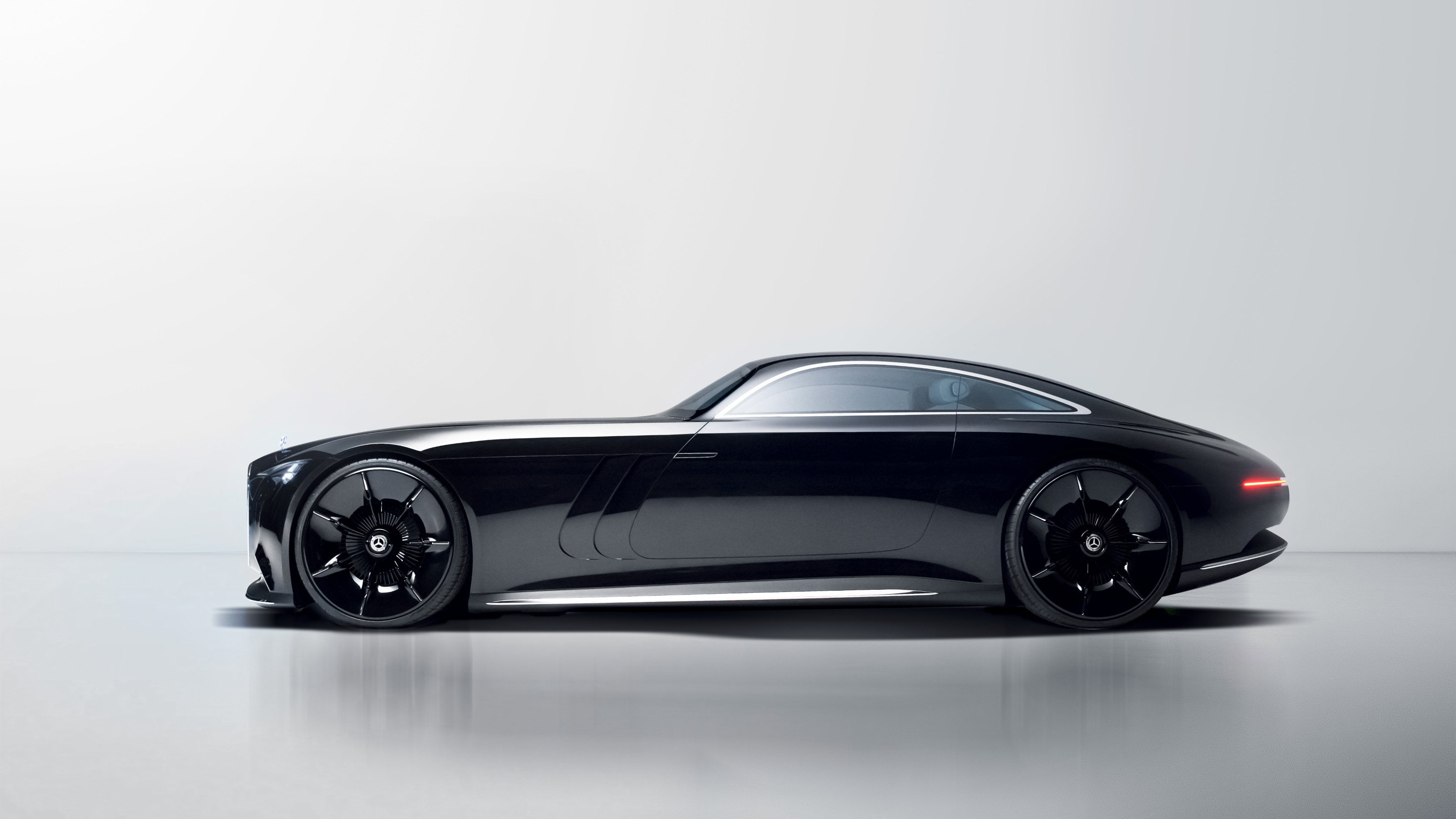
The Vision Iconic concept makes a play for a new approach to future luxury, blending art-deco excess with neo-gothic trimmings and monumental scale
By Adam Hay-Nicholls Published
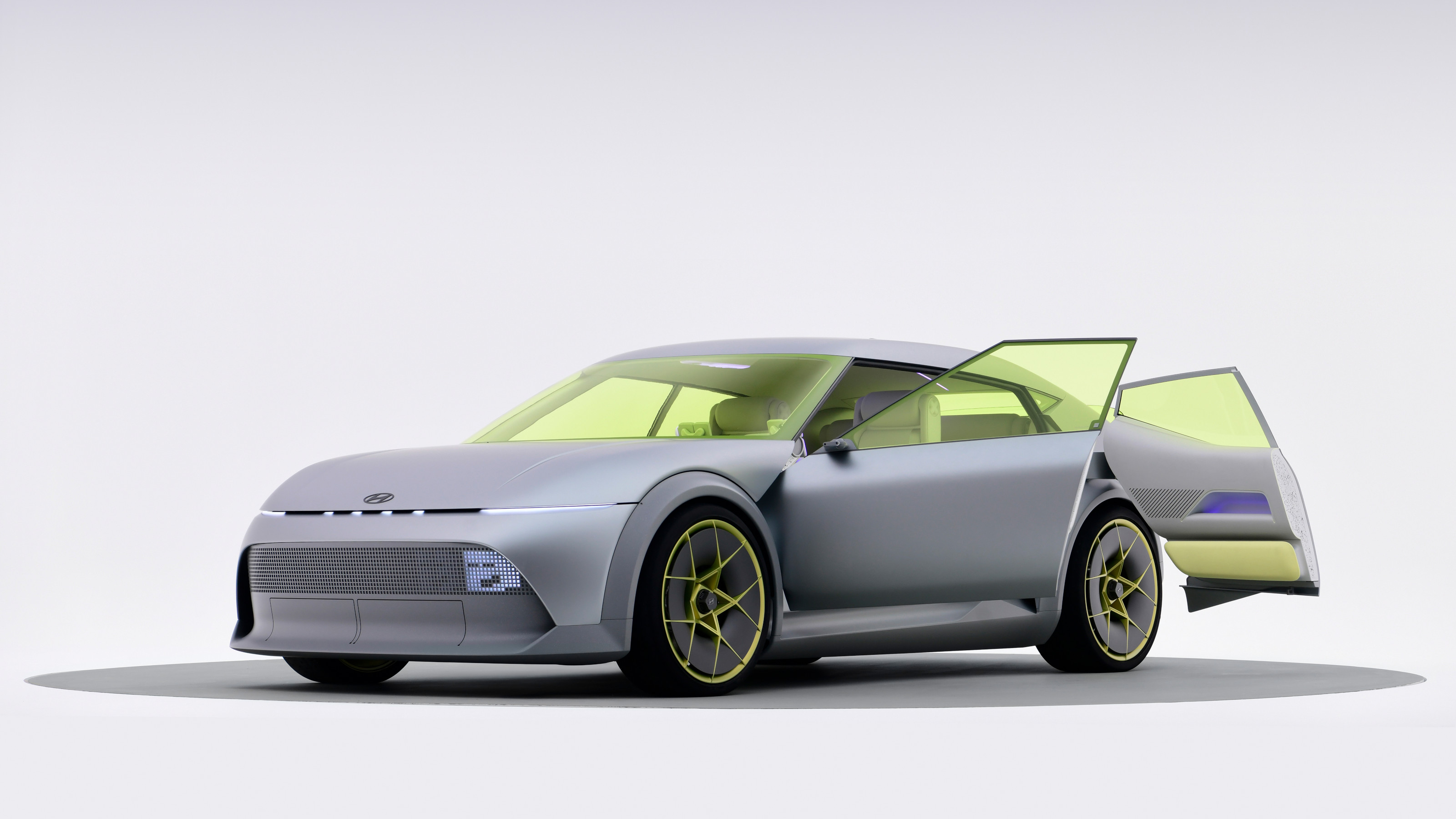
Munich’s alternative motorshow is now in its third iteration, combining a traditional exhibition space with a conference and large-scale public activations on the streets of the city
By Jonathan Bell Published
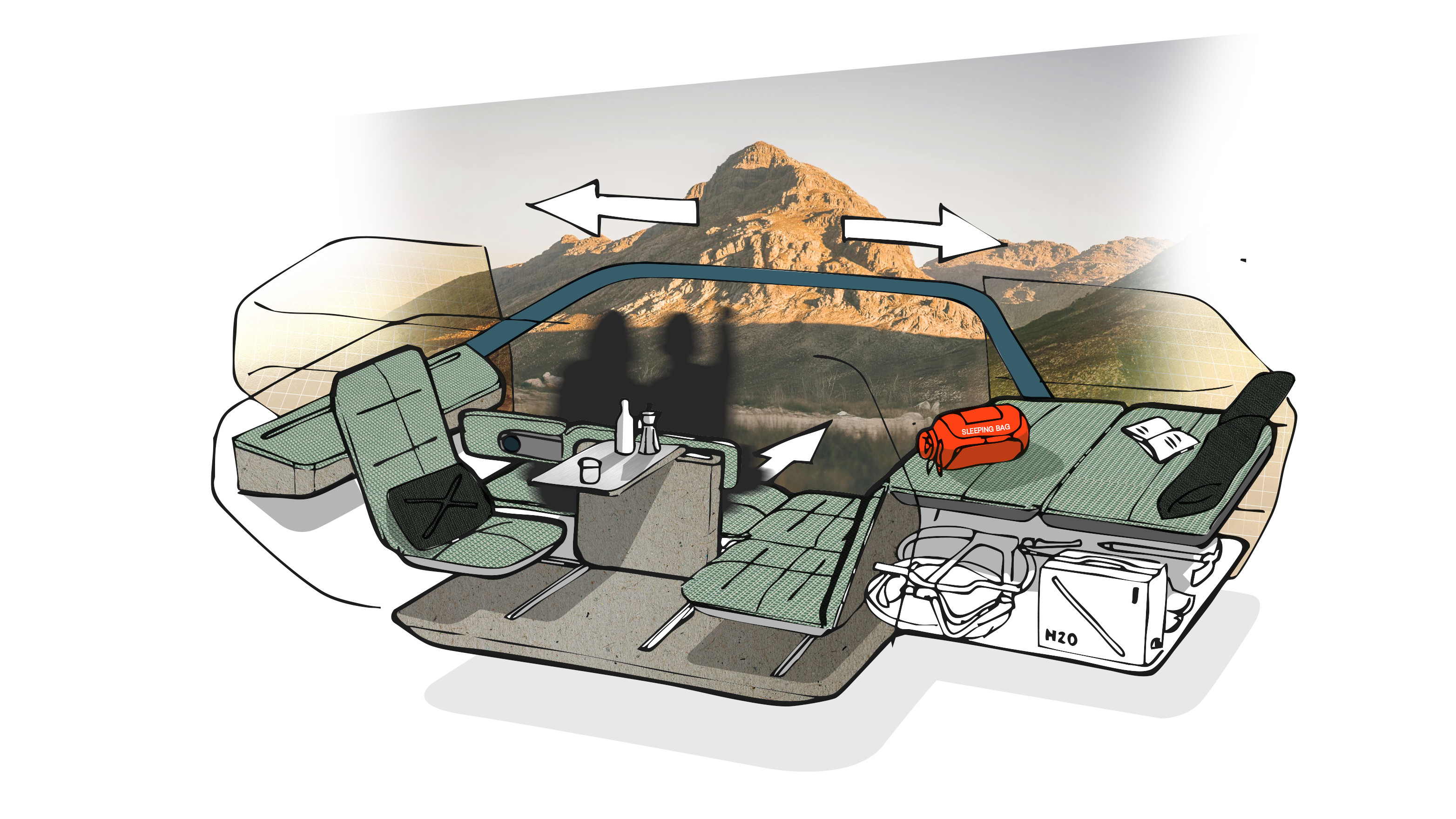
Design studio NewTerritory has set up a new automotive division to explore the future of car interiors. We interrogate the team
By Rory FH Smith Published
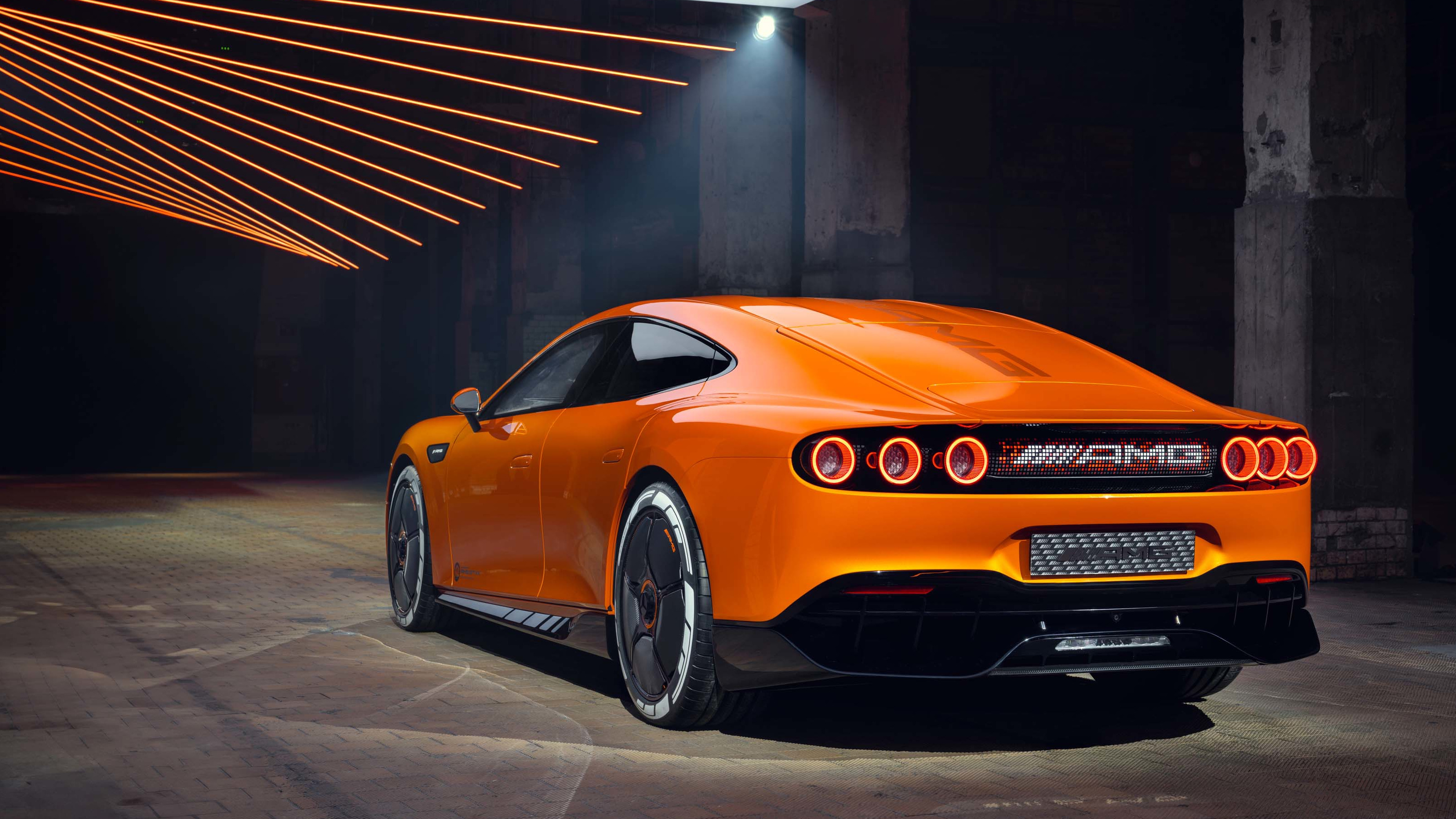
The Mercedes-AMG Concept AMG GT XX is a four-door coupé that explores new approaches to battery tech, brake cooling and aerodynamics. As a sign of things to come, it can’t be ignored
By Jonathan Bell Published
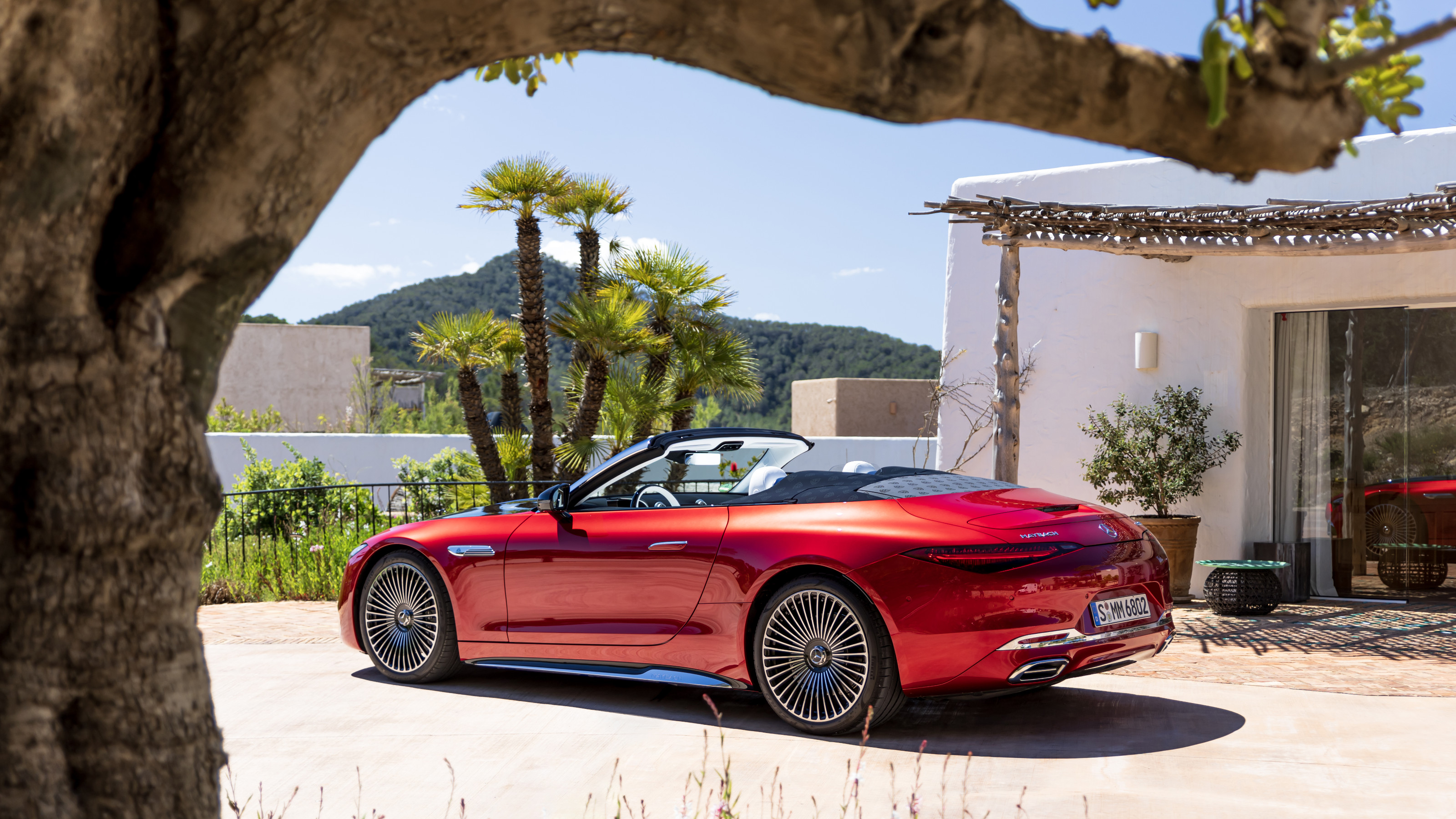
Mercedes-Maybach’s first-ever sports car is comprehensively ‘wallpapered’ in the brand’s double-M design. We sampled this monogrammed machine on the coast of Ibiza
By Jeremy Taylor Published
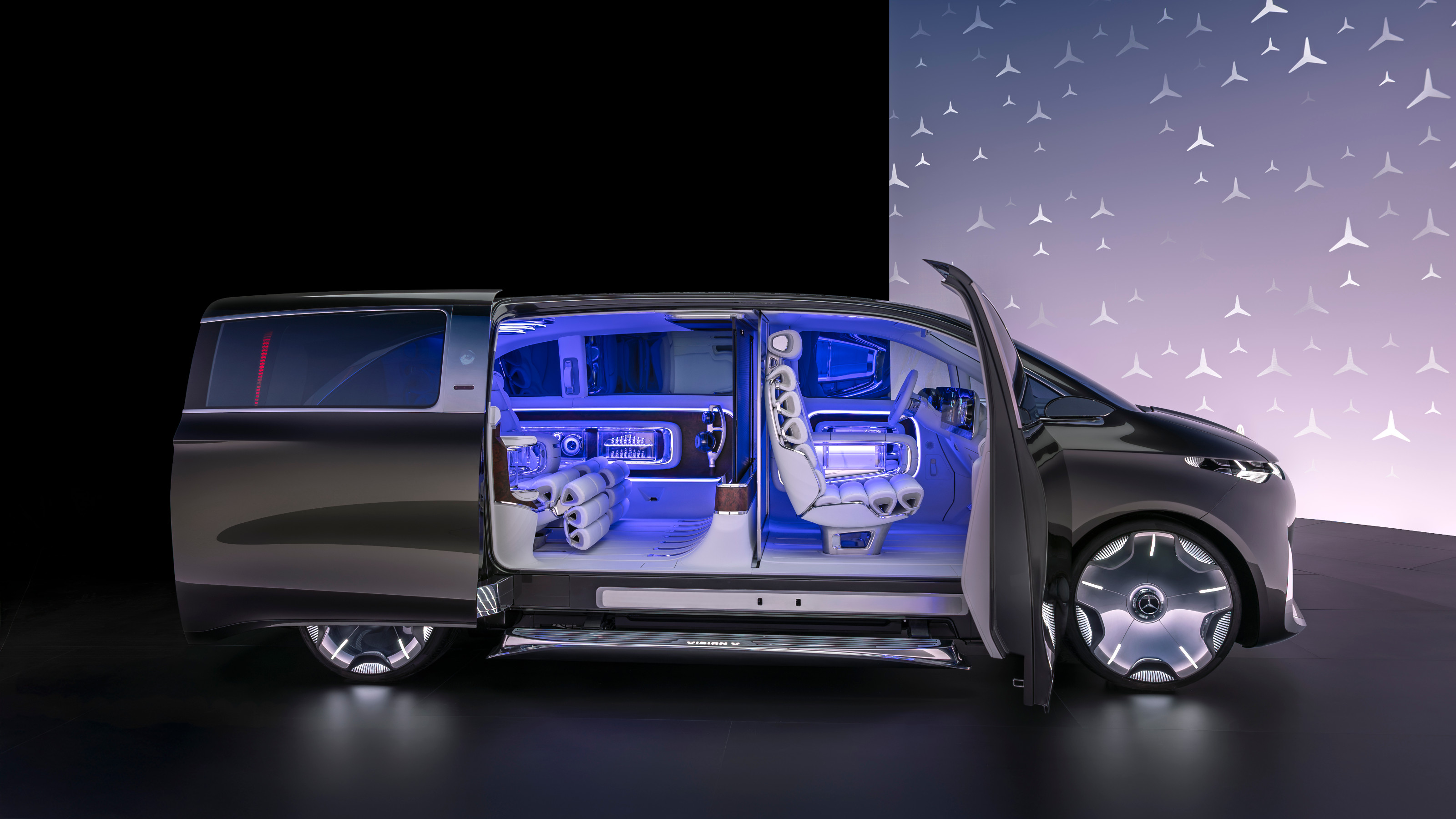
The Mercedes-Benz Vision V Concept is an art deco picture palace on wheels, designed to immerse passengers in parallel worlds as they travel
By Jonathan Bell Published

Kai Sieber, head of design Smart at Mercedes-Benz Design, discusses the evolution and style of the new Smart #5
By Jonathan Bell Published
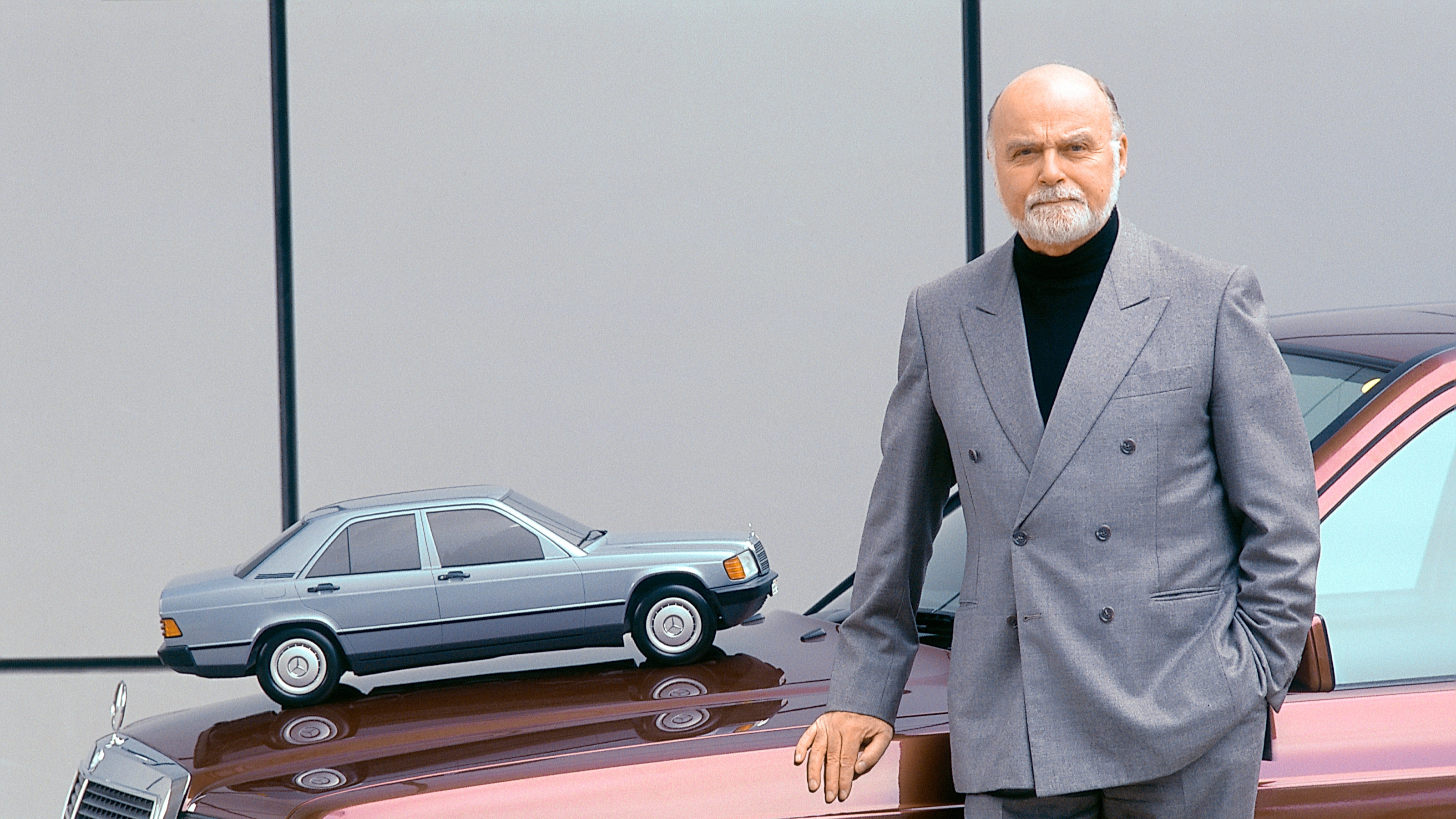
The car designer Bruno Sacco has died. Sacco shaped Mercedes-Benz design for nearly a quarter of a century. We look back on his impressive legacy
By Jonathan Bell Published